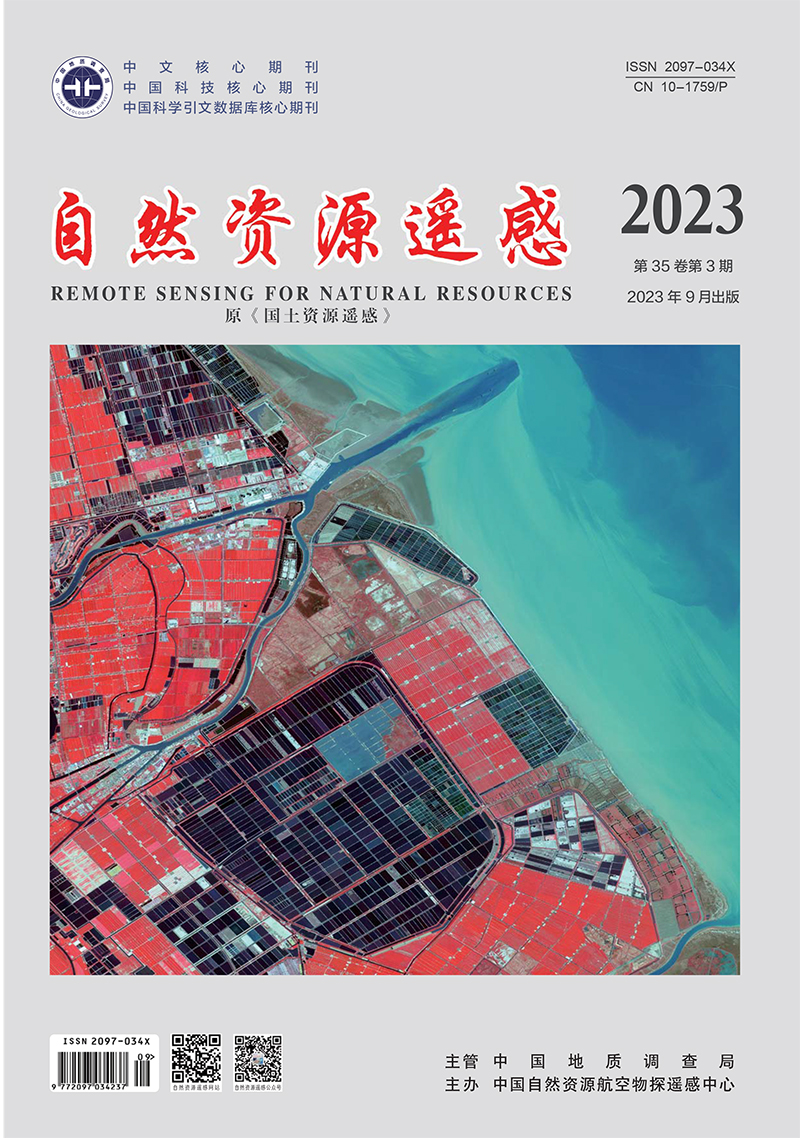JIANG Decai, ZHENG Xiangxiang, WANG Ning, XIAO Chunlei, ZHU Zhenzhou. 2023. Application of the time-series InSAR technology in the identification of geological hazards in the Pearl River Delta region. Remote Sensing for Natural Resources, 35(3): 292-301. doi: 10.6046/zrzyyg.2022190
| Citation: |
JIANG Decai, ZHENG Xiangxiang, WANG Ning, XIAO Chunlei, ZHU Zhenzhou. 2023. Application of the time-series InSAR technology in the identification of geological hazards in the Pearl River Delta region. Remote Sensing for Natural Resources, 35(3): 292-301. doi: 10.6046/zrzyyg.2022190
|
Application of the time-series InSAR technology in the identification of geological hazards in the Pearl River Delta region
-
1. Northwest Institute of Eco-Environment and Resources,Chinese Academy of Sciences,Lanzhou 730000,China
-
;2. University of Chinese Academy of Sciences,Beijing 100049,China
-
;3. China Aero Geophysical Survey and Remote Sensing Center for Natural Resources,Beijing 100083,China
-
;4. Aerospace Information Research Institute,Chinese Academy of Sciences,Beijing 100094,China
More Information
-
Corresponding author:
XIAO Chunlei
-
Abstract
In the Pearl River Delta (PRD) region, widespread surface water and vegetation are liable to cause interferometric synthetic aperture Radar (InSAR) interference decoherence, and the cloudy, foggy, rainy, and humid climates frequently cause severe atmospheric delay noise in InSAR data. Accordingly, targeting the Longgang District of Shenzhen City in the southeastern PRD, this study generated the connection graph of interference image pairs using the small baseline subset and InSAR (SBAS InSAR) technique based on interference coherence optimization. This study also obtained the surface deformation information of Longgang District from September 2019 to November 2020 based on 35 scenes of Sentinel-1A images. It then compared the surface deformation information with the inversion results obtained using the persistent scatterer InSAR (PS InSAR) technique. Finally, this study deduced the causes of surface deformation. The results are as follows: ① The inversion results of SBAS InSAR and PS InSAR yielded almost the same surface deformation fields. SBAS InSAR exhibited a much higher coherent point density than PS InSAR in the region with high-amplitude deformation. This indicates that the SBAS InSAR based on the optimal interference coherence can yield accurate and reliable inversion results, enjoying more advantages in the inversion for a complete deformation field. ② The primary causes of surface deformation in Longgang District and its surrounding areas include unstable Karst collapse or slope triggered by continuous heavy rainfall, the changes in the underground hydrogeological environment caused by industrial mining and drainage, the subsidence of mining gob induced by underground construction, and static foundation load imposed by new high-rise buildings. The technical route of this study can provide a reference for the automation and engineering application of InSAR in the early identification of geological hazards in the PRD region.
-

-
-
Access History







 DownLoad:
DownLoad: